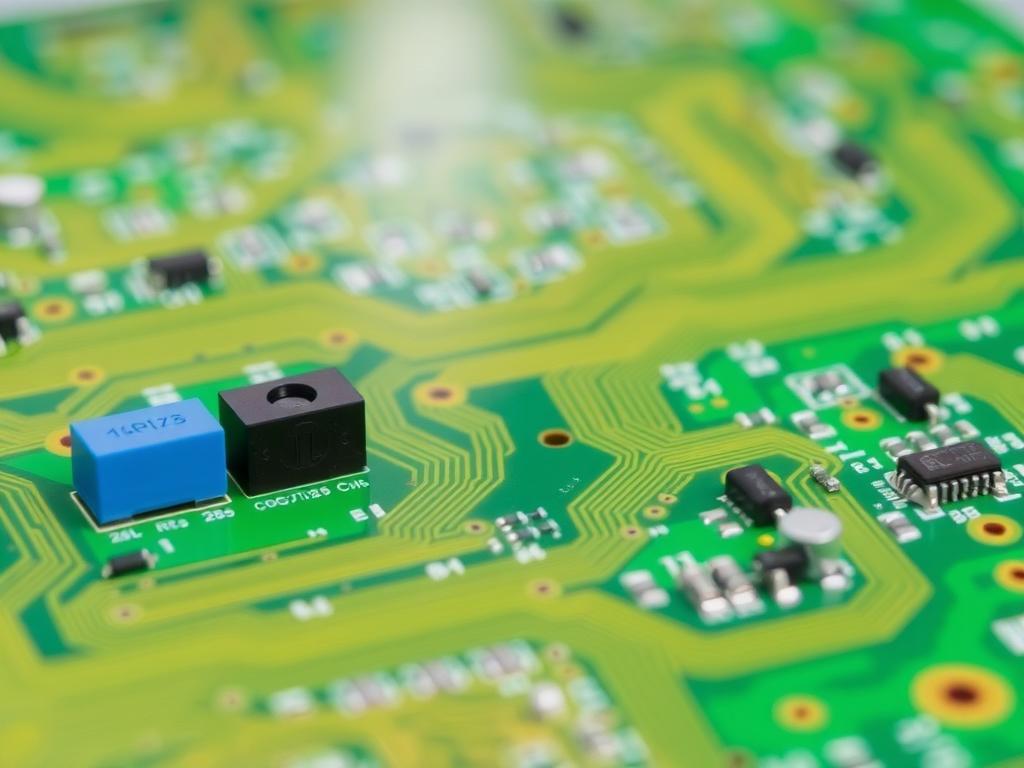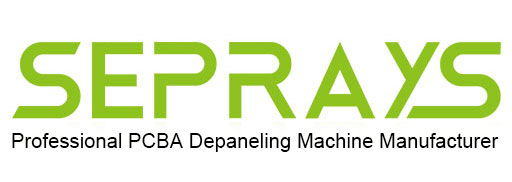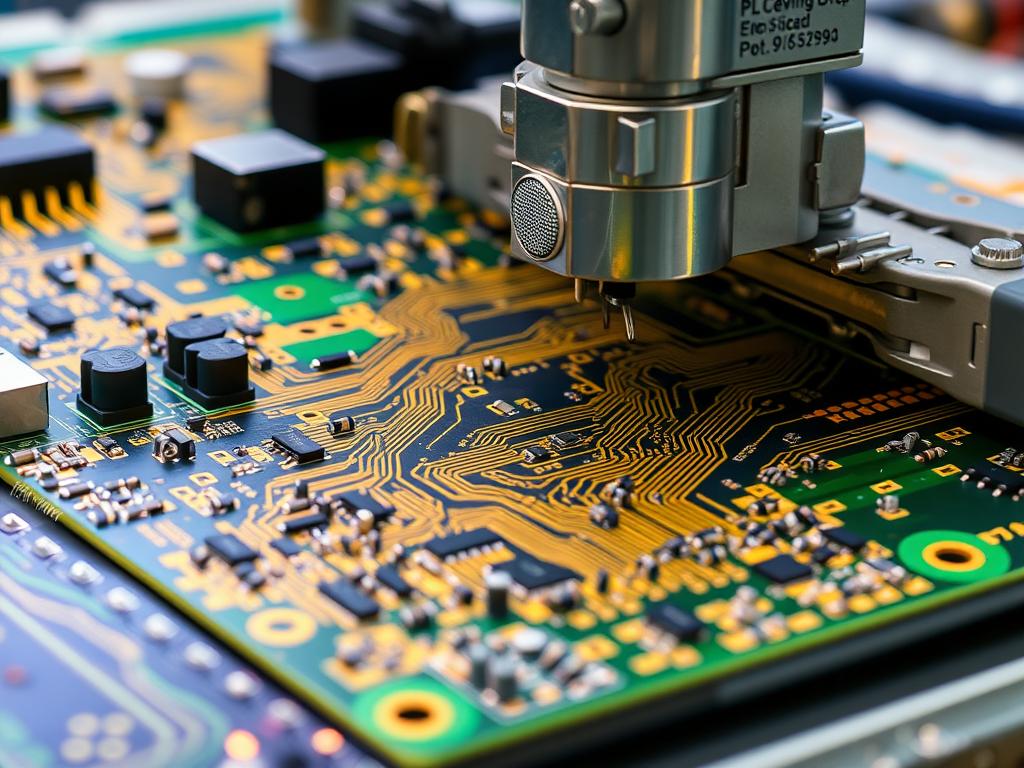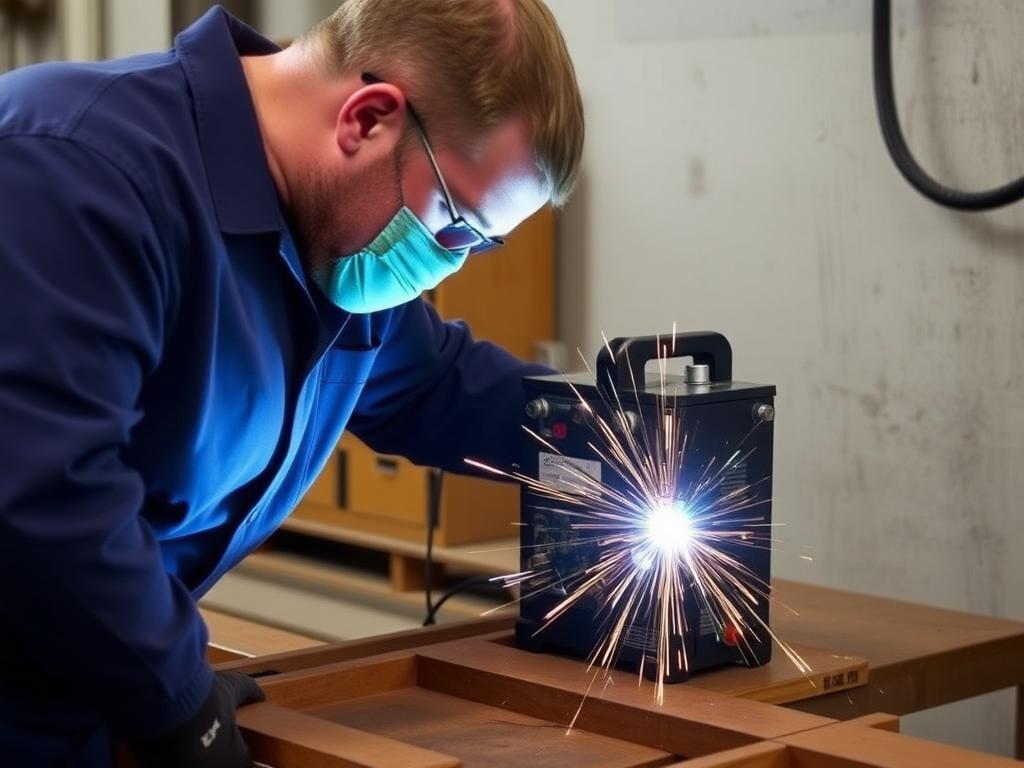![]()

PCB depaneling for industrial electronics
Precision PCB Depaneling: Mastering the Art of Separating Circuit Boards for Flawless Electronics Manufacturing
Le processus de Dépaneillage de PCB, or separating individual circuits imprimés from a larger panel, is a critical step in electronics manufacturing. It directly impacts the quality and reliability of the final product. As someone with 20 years of experience in this field, I’ve seen firsthand how crucial the right méthode de dépanélisation is. In this article, we’ll explore the various méthodes de dépaneling de PCB, y compris routeur pcb technology, and why choosing the optimal approach is essential for your électronique production. Whether you’re a large fabrication de produits électroniques facility or an individual PCB enthusiast, understanding this process can significantly enhance your operations.
Understanding PCB Depaneling: Why It Matters
Dépaneillage de PCB, also sometimes referred to as singularisation, is the processus de séparation individual circuits from a larger panel or multiblock. Think of it like carefully cutting out cookies from a sheet of dough; each cookie (or individual PCB) needs to be separated without damage. In the fabrication de produits électroniques world, this processus de séparation is essential because circuits imprimés are often manufactured in larger panels to increase efficiency and reduce costs. The precision and method used in démontage de PCB directly impact the planches functionality and fiabilité. A poorly executed processus de dépanélisation can introduce contrainte mécanique, which can damage delicate composants électroniques or lead to future failures. The choice of technologie de dépaneling is vital for ensuring the quality and consistency of every conseil that goes into an electronic device.
With the demand for pcbs always high in the industrie électronique, there is a constant need for systems that increase production efficiency. That’s why selecting the appropriate systèmes de dépaneling is more important than ever. Proper depaneling not only preserves the integrity of the circuits imprimés but also enhances the overall Débit of your ligne de production.
Exploring Various Depaneling Methods
Over the years, I’ve seen a variety of méthodes de dépanélisation come and go. Each has its own strengths and weaknesses, making them suitable for different applications. Here are some common méthodes de dépanélisation you might encounter:
- PCB Routing: This method uses a routeur with a high-speed coupeur to carefully separate individual circuits imprimés from the panel.
- V-Cut (V-Groove) Depaneling: This involves using a score v ou rainure en V cut along the conseil edges, which allows them to be snapped apart more easily.
- Dépaneillage par poinçonnage: In this method, the circuits imprimés sont poinçonné hors du panneau en utilisant mechanical dies.
- Découpe laser: A precise routage laser method that uses a focused beam to séparé le circuits imprimés.
- Hand Breaking: This is perhaps the most basic method. The PCB individuels are separated by hand, typically along pre-scored pcb edges.
Each of these different methods is better suited for certain types of conception de circuits imprimés and production volume, let’s explore each further.
The Precision of PCB Routing
UN routeur pcb, also often referred to as a fraiseuse, is a powerful tool that uses a rotating coupeur to precisely séparé circuits imprimés. In my 20 years, I’ve come to appreciate the versatility of this method. We have machines like the GAM 380AT PCB Bottom Depaneling Machine and GAM 330AT In-Line Automatic PCB Router Machine, designed for both autonome et en ligne setups. This makes them exceptionally adaptable to various manufacturing processes. Unlike some methods which can introduce mechanical stress, routage de circuits imprimés offers a controlled and precise processus de dépanélisation.
Routage PCB is particularly useful for circuits imprimés with complex shapes, courbes et angles vifs, or when a clean cut kerf width is needed. The high-speed coupeur ensures the circuits imprimés sont séparé accurately with minimal damage. When selecting a machine à défoncer for your production, factors like the coupeur material, cutting speed, and fixation design must be considered to optimize the processus de dépanélisation and ensure the highest quality output. We equip our machines with high-precision spindles and durable cutters to guarantee optimal results every time.
The Speed and Efficiency of V-Cut Depaneling
V-cut, ou rainure en V, dépanelage is a popular method for separating individual circuits due to its speed and efficiency. In this method, a score v is created on both sides of the carte de circuit imprimé pendant la processus de fabrication. Ce rainure en V acts as a weakened line, allowing the circuits imprimés to be snapped apart easily. We offer a wide range of coupe en V machines, like the ZM30-ASV Fully Automatic saw-type V-groove PCB depaneling, ZM30-P PCB Guillotine Separator and ZM30-LT In-Line Multi-Knife PCBA Depaneler. I’ve found coupe en V is particularly effective when dealing with a panneau plus grand containing multiple PCB individuels.
The main advantage of v-cut depaneling is that it allows for a much faster separation processus, boosting production line speed and reduce costs. This method is suitable when the circuits imprimés are relatively simple in design with straight lines and rainure en V lines and where a small amount of contrainte mécanique is tolerable. While coupe en V is fast, it is not suitable for all types of circuit board design, it can only be used in a straight line. For circuits imprimés with more complex shapes or composants sensibles, a different approach, such as routage de circuits imprimés or laser cutting, may be more appropriate. This technique uses a sharp blades on one part and supports one part and supports on another side to carefully séparé le PCB individuels.
Punch Depaneling: When Speed Meets Precision
Punch depaneling involves using mechanical dies à séparé PCB individuels from a larger panel. The panel is placed on a special fixation, and a die presses down to punch le circuits imprimés out. In my years, I’ve seen punch depaneling used effectively for PCB plus petits where a high degree of accuracy is required. We offer solutions like the ZM10T & 15T PCB & FPC Punching Cutting Machine that are ideal for this purpose.
Punch depaneling is an extremely fast and efficient process when dealing with high volumes of circuits imprimés with relatively simple shapes. The method allows to séparé a carte de circuit imprimé with high speed and repeatability. The precision depends highly on the design of the mechanical dies, which should be made with extreme care. The punch method does introduce contrainte mécanique au board and components, therefore is more suitable for robust circuits imprimés with less sensitive components. Also, changing the die when you change conception de circuits imprimés can cause production down time.
The Future with Laser Depaneling
Découpe laser est un technologie de dépaneling that utilizes a focused laser beam to separate pcbs. It is a highly precise method capable of achieving cut kerf width de less than 20 microns, making it ideal for very intricate circuit board design and very sensitive composants électroniques. In the past several years, I have witnessed découpe laser become increasingly more accessible and useful for the depaneling of high precision and high quality circuits imprimés. We are proud to provide equipment like DirectLaser H5 PCB-FPC Laser Cutting Machine, DirectLaser H3 Laser Online Machine and DirectLaser H1 High-Precision Laser Cutting Machine.
Laser routing offers several advantages, including minimal contrainte mécanique, which is critical for delicate circuits imprimés. This method also provides great flexibility because no mechanical tooling is needed. Découpe laser is particularly well-suited for fléchir circuits imprimés, where precision and minimal force are needed to avoid damaging the substrat. One of the most compelling things about using dépanelage au laser is the freedom of design, because you are not limited to straight lines, therefore courbes et angles vifs are easy to achieve.
Impact of Depaneling on PCB Quality
Le processus de dépanélisation can significantly impact the quality of your circuits imprimés. Poor méthodes de dépanélisation can introduce contrainte mécanique that leads to micro-cracks, solder joint damage, or even component failure. For instance, bris de main might be okay for some simple projects, but it’s never recommended for professional fabrication de produits électroniques. Also, using an improper fixture or a worn-out blade on a fraiseuse can lead to poor propreté of the cut edge and can even create a situation for leakage.
Choosing the correct méthode de dépanélisation is important for ensuring the long-term fiabilité of your circuits imprimés. Routage PCB with precision cutters, careful coupe en V scoring, or the use of découpe laser are all preferred for high quality appareils électroniques, as the methods are effective for keeping contrainte mécanique to a minimum. It’s my experience that a small investment in good systèmes de dépaneling pays off in the long run, by preventing costly rework, and helping to increase overall reliability.
Streamlining Your Production Line with Depaneling Machines
There are many different types of machines de dépaneillage available to help streamline your processus de fabrication. Our company’s catalog includes several highly adaptable machines for all types of operations. From autonome machine à défoncer à en ligne automatique coupe en V machines de dépaneillage, we provide solutions that fit many different manufacturing needs. For example, the GAM 360AT In-Line PCB Separator Machine and GAM336AT In-Line Automatic PCB Depaneling Machine are designed for high-volume production environments.
The right machines de dépaneillage not only increase your production line speed but also improve the consistency and accuracy of the separation processus. The automatic features on some systèmes de dépaneling also minimize the chance of human error, which is especially helpful when there are a lot of PCB individuels à séparé. These machines are an investment in the quality and efficiency of your operations, as they help to improve the production output.
Key Considerations for Choosing Depaneling Technology
Choosing the correct technologie de dépaneling involves considering a range of factors, including circuit board design, material, production volume, and budget. The most important thing to remember is that not every method of pcb depaneling is right for every application. For simple carte de circuit imprimé designs with straight lines, v-cut depaneling can be the best option because of its speed and affordability. If the circuits imprimés have complex shapes, courbes et angles vifs or use composants sensibles then routage de circuits imprimés or laser routage laser would be a much better choice.
Another crucial aspect is the production volume. For small batches, a autonome machine à dépaneler might be enough, but for large-scale fabrication de produits électroniques you need en ligne automatique machines de dépaneillage for maximum Débit and efficiency. Also, make sure to check the fixture requirements to ensure the système de dépaneling is suited to your conception de circuits imprimés. Finally, the material of the carte de circuit imprimé, tel que fr4 ou fléchir, plays a role in the decision-making processus.
How Proper Depaneling Systems Enhance Your Manufacturing
Approprié systèmes de dépaneling can significantly enhance your overall processus de fabrication by improving efficiency, minimizing errors, and increasing the overall fiabilité of your products. When your system is optimized, it can séparé le circuits imprimés consistently, which reduces the likelihood of errors, and keeps your quality high. By investing in the right technologie de dépaneling, businesses can avoid costly issues such as component damage and joint breakage.
With our systèmes de dépaneling, we offer solutions that help to streamline your production, and allow you to manufacture your appareils électroniques with less mechanical damage, and more accuracy. We understand the importance of quality and Débit dans le industrie manufacturière. That’s why we’ve dedicated two decades to developing machines de dépaneillage that not only meet but exceed the needs of our customers.
Questions fréquemment posées (FAQ)
Quelle est la différence entre routage de circuits imprimés et coupe en V dépanelage? Routage PCB uses a high-speed coupeur to precisely separate circuits imprimés, making it suitable for complex shapes and sensitive components. V-cut depaneling uses pre-scored rainures en V allowing circuits imprimés to be snapped apart, which is faster but suitable mostly for simpler straight-line designs.
Est punch depaneling suitable for all types of circuits imprimés? Punch depaneling is best suited for simpler carte de circuit imprimé designs with robust components because it can introduce contrainte mécanique.
Peut dépanelage au laser be used for flex pcbs? Oui, dépanelage au laser is a great option for fléchir circuits imprimés due to its high precision and minimal contrainte mécanique.
What factors should be considered when choosing a machine à dépaneler? You should consider the conception de circuits imprimés, material, production volume, and desired precision.
How does the right système de dépaneling impact overall product quality? Proper systèmes de dépaneling can minimize contrainte mécanique, reduce micro-cracks, and ensure the long-term fiabilité de appareils électroniques.
In Conclusion
- Dépaneillage de PCB est une étape cruciale dans fabrication de produits électroniques, directly affecting the quality and fiabilité de circuits imprimés.
- There are several methods de démontage de PCB, y compris routage de circuits imprimés, coupe en V, punch, et découpe laser, each with its own advantages and applications.
- Routage PCB offers high precision and is suitable for complex carte de circuit imprimé shapes and sensitive components.
- V-cut dépanelage is a fast method for simpler designs with straight lines.
- Découpe laser provides unmatched accuracy and minimal contrainte mécanique, ideal for fléchir et complexe carte de circuit imprimé layouts.
- Choisir le bon technologie de dépaneling is essential for streamlining your ligne de production, minimizing errors, and increasing Débit.
- Our company offers a wide range of machines de dépaneillage, each specifically designed to meet your manufacturing needs.
We have served major players in the industrie électronique like TP-LINK, Canon, BYD, Flex, TCL, Xiaomi, Lenovo, OPPO, HONOR, and Foxconn, We continue to push the boundaries of technologie de dépaneling to ensure our customers receive only the best quality machinery.
If you would like to learn more about how we can help optimize your processus de dépanélisation, please don’t hesitate to Contactez-nous. You can also explore our products like our Machine de tri et de palettisation automatique, Automatic Tray Collecting Machine et In-Line Multi-Knife PCBA Depaneler for more details. We also offer fraises to enhance your routage de circuits imprimés. Check our Machine de découpe et de poinçonnage PCB/FPC for alternative méthodes de dépaneling de PCB.




